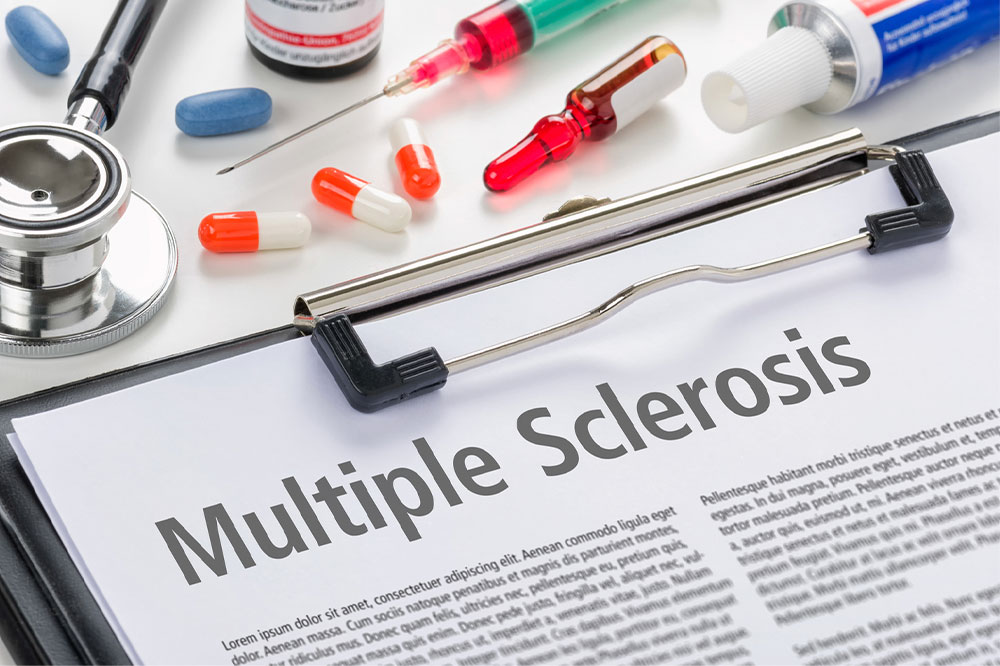
Health
Early warning signs of amyloidosis to be aware of
Amyloidosis is a rare and intricate health condition characterized by the buildup of abnormal amyloid proteins in various organs and tissues throughout the body. Due to its infrequency and the often subtle nature of its symptoms, diagnosing amyloidosis in its early stages can be a formidable challenge. Nevertheless, early detection is paramount for effective management and treatment. Here’s a look into the crucial early warning signs of amyloidosis that individuals should remain vigilant about. Fatigue and weakness Unexplained fatigue and weakness often serve as the initial signs of amyloidosis. As amyloid proteins accumulate in different organs, they can disrupt regular bodily functions, leading to persistent feelings of weariness and weakness. Swelling of ankles and legs Amyloidosis can impact the heart, resulting in a condition called restrictive cardiomyopathy. This can also cause fluid retention and swelling, which is often observed in the ankles and legs. Unexplained swelling should prompt immediate consultation with a healthcare professional. Shortness of breath With the accumulation of amyloid deposits in the heart and lungs, individuals grappling with amyloidosis may experience shortness of breath, particularly during physical exertion. This symptom can be mistaken for other respiratory issues, underscoring the importance of early diagnosis. Irregular heartbeat Amyloidosis can interfere with the heart’s normal electrical signaling, leading to arrhythmias or irregular heartbeats.
Read More 













